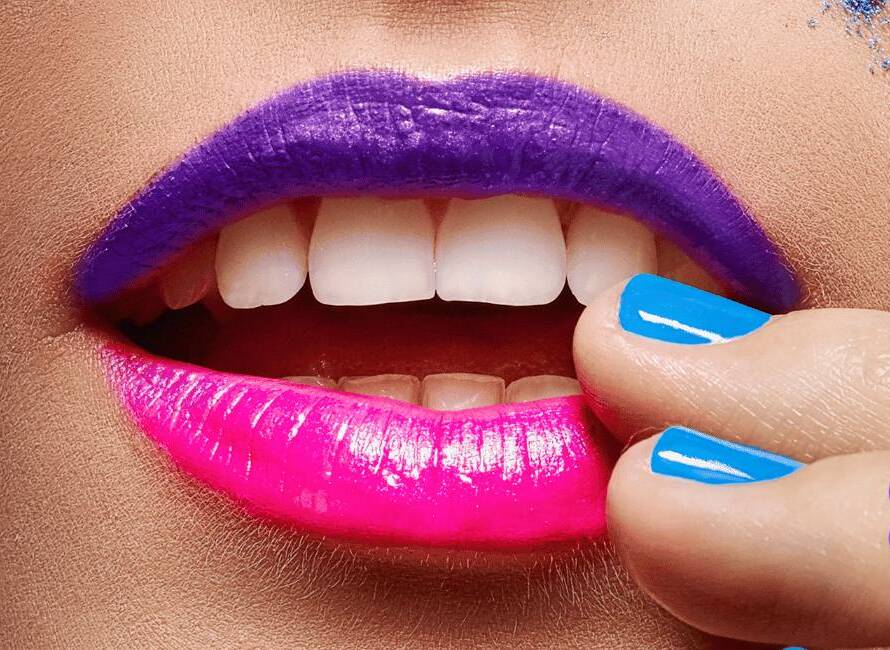How Influencers Can Make Money from EGC
Moots, are you up-to-date with all the tactics brands are using for content creation? While User Generated Content (UGC) has been a buzzword for some time, there’s a new tactic that’s proving to deliver strong returns for brands in 2024: Employee Generated Content (EGC).
EGC offers an authentic glimpse into a company’s inner workings, showcasing the culture, values, and everyday life through the eyes of its most valuable asset—its employees. This authenticity not only enhances transparency but also strengthens the bond between brands and their audiences, because we know that trust and authenticity are proven criteria for content engagement (which leads to sales!).
As consumers, and therefore brands, lean more towards genuine and relatable content, EGC stands out by allowing employees to take the lead in narrating their brand’s story. This not only enriches the narrative but also positions employees as credible ambassadors of their brand’s values.
But what does this mean for you, the influencers and content creators? How will you leverage the golden opportunity to transition from external brand promoters as influencers and UGC Creators to internal EGC brand storytellers?
Let’s grab that money-making opportunity and get you set up for success. First the back-story on EGC because you’ll need this for pitching that sweet, new EGC job!
Understanding EGC
What is Employee Generated Content? Employee Generated Content (EGC) is a powerful form of content messaging where employees create and share content about their workplace experiences, insights, and stories. This content, often shared on social media or corporate platforms, offers a behind-the-scenes look at a company’s culture and operations. Unlike traditional advertising, UGC or influencer content, EGC is created by the people within the organisation, lending it an air of authenticity and personal touch that is hard to replicate.
Contrasting EGC with UGC and IGC While User Generated Content (UGC) is created by external consumers or fans of a brand, and Influencer Generated Content (IGC) is created by external influencers or thought leaders, Employee Generated Content is distinct as it originates from within the organisation itself. UGC often reflects customer experiences and perceptions, while IGC is typically more polished, aligning with the influencer’s personal brand and the marketing goals of the company. In contrast, EGC provides an insider’s view, blending authenticity with intimate knowledge of the company.
The Authenticity Factor: Why EGC is Gaining Traction The rising popularity of EGC can be attributed to its authenticity. I’ve spoken about trust and authenticity in the past couple of episodes of the podcast and how, in a time where consumers are increasingly sceptical of traditional advertising, EGC stands out as it is perceived as more genuine and trustworthy.
Employees, as non-professional content creators, tend to produce content that is relatable and unfiltered, offering a realistic glimpse into the company culture and values. This authenticity not only enhances brand reputation but also fosters a deeper connection with the audience, making EGC a valuable asset in a company’s content strategy.
Examples of Brands Using Employee Generated Content (EGC)
A prime example of EGC done right is Starbucks. The global coffee giant has utilised EGC to showcase the experiences of their baristas and staff. Through social media posts, blogs, and videos, Starbucks employees share their personal stories, coffee-making processes, and customer interactions. This approach has not only humanised the brand but also provided a platform for employees to express their passion for their work, effectively turning every employee into a brand ambassador.
One of my local favourites is the supermarket Woolworth’s use of EGC. I’m not sure if this statement is folklore or fact, but there were a number of employees during COVID who absolutely blew up on TikTok. Woolworths made a smart move and engaged one of those creators to generate EGC content. The creator had already built a big audience on TikTok and from there he was in the prime spot to be appointed to EGC Creator. I’ll talk on however you can leverage similar opportunities for yourself shortly.
The impact of these EGC campaigns on brand image and audience engagement is big. I’ll keep saying it: authentic stories from employees build trust and credibility, as they provide an unfiltered view of the company. This transparency is appealing to modern consumers who prioritize authenticity and ethical business practices. And, EGC has shown to increase audience engagement, as people are more likely to interact with content that feels personal and genuine. By showcasing real faces and stories behind the brand, companies create a more relatable and approachable image, which can significantly enhance customer loyalty and brand affinity.
Why Brands are Increasingly Leaning Towards EGC
Brands are increasingly turning towards Employee Generated Content (EGC) as a key component of their marketing strategy. We’ve already seen this forecast as a marketing strategy for 2024 and beyond.
I’ve spoken about the growing demand for authenticity in brand communications. EGC offers a genuine and relatable perspective that traditional marketing methods often lack. One of the most significant roles of EGC is its ability to humanise a brand. EGC is also cost-effective, leveraging the existing workforce as content creators, and often produces engaging content that lands well with existing and potential customers.
Data and Research on the Effectiveness of EGC We now know from research that EGC has a high level of effectiveness. For instance, a study by the Marketing Advisory Network suggests that brand messages reached 561% further when shared by employees, compared to the same messages shared via official brand social channels. Additionally, EGC has been shown to significantly boost engagement; content shared by employees receives 8 times more engagement than content shared through brand channels. This increase in engagement not only amplifies brand reach but also enhances the overall brand image.
EGC is also cost-effective, leveraging the existing workforce as content creators, and often produces engaging content that lands well with existing and potential customers.
I’ve set the landscape of EGC, now let’s take a look at what opportunities there are for you in this market as an influencer or content creators.
Opportunities for Influencers and UGC Creators to Specialise in EGC
Do you feel like it was just a hot minute ago we were talking about UGC Creators? Yep, it was.
Guess what? You now have an early opportunity to pivot into EGC. The key to this lies in leveraging your existing skills in content creation and storytelling while adapting to the nuances of EGC.
How can you make this transition? If you’re already a full-time content creator:
- Check out the job ads for brands advertising for EGC Creators. I’ve seen four this week in Facebook Groups alone!
- Get your LinkedIn Profile up to date, look at Facebook Groups and job websites.
- Update your media kit and understand the big selling points to brands on EGC and highlight your relevant skills around storytelling, communication, proficiency in content creation tools and platforms, including video production, editing, and social media management.
What if you’re an employee and being an influencer or creator is your side hustle? GOLD! You already have an employer you can approach about a discussion to moving your role into EGC.
If you work for a small business, they might not have the budget to incorporate this role into their business, so consider if you can offer your employer EGC content part-time and job-share your existing role to help balance the load of your current work. You’re a creative and EGC is all about insider knowledge and understanding the business. Think about how you can put forward a compelling offer to your employer. If it’s simply a no-go where your current employment is, follow the steps I’ve listed above for full-time creators.
I see potential career paths and opportunities in this space as:
🎨 In-House Content Creator: Working within a company to create and manage EGC.
👥 Employee Advocacy Program Manager: Overseeing programs that encourage and facilitate employee content creation.
🎓 Training and Development Specialist: Providing training to employees on content creation and personal branding.
📱 Social Media Manager with EGC Focus: Managing a brand’s social media presence with a focus on integrating EGC..
You have a golden opportunity to transition from external brand promoters to internal brand storytellers. This can open new, exciting pathways for your career as a professional influencer. How are you going to use it?
Join me for discussion on EGC in the MOOTS Facebook Group and listen to The Business Of Influence Podcast Episode 29: The Untapped Potential of EGC.

